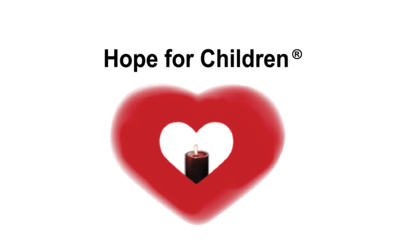People Helping People – Walking Hand and Hand
Collaborating To Help Victims
Presenter: Betty Whitten, Smith County District Attorney s Office, Victim s Right Division
What Is Domestic Violence?
Domestic violence is the willful intimidation, physical assault, battery, sexual assault, and/or other abusive behavior as part of a systematic pattern of power and control perpetrated by one intimate partner against another. It includes physical violence, sexual violence, psychological violence, and emotional abuse. The frequency and severity of domestic violence can vary dramatically; however, the one constant component of domestic violence is one partner’s consistent efforts to maintain power and control over the other.
Domestic violence is an epidemic in every community regardless of age, economic status, sexual orientation, gender, race, religion, or nationality. It is often accompanied by emotionally abusive and controlling behavior that is only a fraction of a systematic pattern of dominance and control. Domestic violence can result in physical injury, psychological trauma, and in severe cases, even death. The devastating physical, emotional, and psychological consequences of domestic violence can cross generations and last a lifetime. People helping people is a movement to help victims become survivors and succeed in life.
For anonymous, confidential help available 24/7, call the National Domestic Violence Hotline at 1-800-799-7233 (SAFE) or 1-800-787-3224 (TTY).
It is not always easy to determine in the early stages of a relationship if one person will become abusive. Domestic violence intensifies over time. Abusers may often seem wonderful and perfect initially, but gradually become more aggressive and controlling as the relationship continues.
People Helping People – What Does Abuse Include?
Abuse may begin with behaviors that may easily be dismissed or downplayed such as name-calling, threats, possessiveness, or distrust. Abusers may apologize profusely for their actions or try to convince the person they are abusing that they do these things out of love or care. However, violence and control intensifies over time with an abuser, despite the apologies. What may start out as something that was first believed to be harmless (e.g., wanting the victim to spend all their time only with them because they love them so much) escalates into extreme control and abuse (e.g., threatening to kill or hurt the victim or others if they speak to family, friends, etc.). Some examples of abusive tendencies include but are not limited to:
- Telling the victim that they can never do anything right
- Showing jealousy of the victim’s family and friends and time spent away
- Accusing the victim of cheating
- Keeping or discouraging the victim from seeing friends or family members
- Embarrassing or shaming the victim with put-downs
- Controlling every penny spent in the household
- Taking the victim’s money or refusing to give them money for expenses
- Looking at or acting in ways that scare the person they are abusing
- Controlling who the victim sees, where they go, or what they do
- Dictating how the victim dresses, wears their hair, etc.
- Stalking the victim or monitoring their victim’s every move (in person or also via the internet and/or other devices such as GPS tracking or the victim’s phone)
- Preventing the victim from making their own decisions
- Telling the victim that they are a bad parent or threatening to hurt, kill, or take away their children
- Threatening to hurt or kill the victim’s friends, loved ones, or pets
- Intimidating the victim with guns, knives, or other weapons
- Pressuring the victim to have sex when they don’t want to or to do things sexually they are not comfortable with
- Forcing sex with others
- Refusing to use protection when having sex or sabotaging birth control
- Pressuring or forcing the victim to use drugs or alcohol
- Preventing the victim from working or attending school, harassing the victim at either, keeping their victim up all night so they perform badly at their job or in school
- Destroying the victim’s property
Is Domestic Violence Always Physical Abuse?
It is important to note that domestic violence does not always manifest as physical abuse. Emotional and psychological abuse can often be just as extreme as physical violence. Lack of physical violence does not mean the abuser is any less dangerous to the victim, nor does it mean the victim is any less trapped by the abuse.
What Happens When the Abusive Relationship Ends?
Domestic violence does not always end when the victim escapes the abuser, tries to terminate the relationship, and/or seeks help. Often, it intensifies because the abuser feels a loss of control over the victim. Abusers frequently continue to stalk, harass, threaten, and try to control the victim after the victim escapes. In fact, the victim is often in the most danger directly following the escape of the relationship or when they seek help: 1/5 of homicide victims with restraining orders are murdered within two days of obtaining the order; 1/3 are murdered within the first month.
Unfair blame is frequently put upon the victim of abuse because of assumptions that victims choose to stay in abusive relationships. The truth is, bringing an end to abuse is not a matter of the victim choosing to leave; it is a matter of the victim being able to safely escape their abuser, the abuser choosing to stop the abuse, or others (e.g., law enforcement, courts) holding the abuser accountable for the abuse they inflict.
We cannot thank you enough for your interest in helping people.
Hope For Children Foundation Board of Director Members
Also known as Hope for Children, a Children’s Charity, Top Children’s Charity, Child Foundation, and a Charity for Children.

